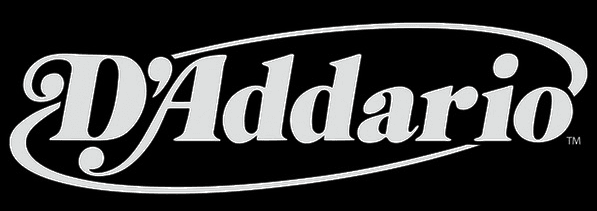String Specs
String tuning and sizes start at #1 treble, to bass.
Ukuleles
0 (Parlor) Guitars
OM Guitars
You can buy any of these custom or stock string sets directly from 'Oi. A spare set is included with every instrument.
* after the Nickel NB1252BT premade set means that it is modified with 1 or 2 strings as shown.
Optima Vintageflex Low Tension 1760.M .013, .017, .022w, .031, .042 .055 are an interesting steel string choice.
Changing your Gen IV Strings
Changing strings on a Gen IV ‘Oi instrument (Oi) sounds harder than these instructions; it is essentially the same as properly stringing any standard bridge pin guitar, except that you inspect the seating of the strings ends (ferrules) and remove the pins. After you do it a couple of times it’ll be easy and you might not have to remove the back access cover (AC), especially if you’re just quickly changing one broken string. This is written for right (R) handers; if left (L) you might need to reverse everything. I'll post pictures ASAP to help guide you.
Many guitars with pickups require that you change the strings one a time in order to not disturb an undersaddle pickup. The 'Oi IV instruments are built differently than standard: instead of 3 adjustment points (nut, truss rod and saddle), there is a 4th that can be used to raise (or lower) the entire neck assembly, and tilt it to the correct angle. This allows a future neck reset to be performed easily and without damage to the instruments. Unless you are doing a full cleaning of the fretboard (with 0000 steel wool), please replace the strings one at a time so as to not disturb or change the setup.
Preparation:
I use three layers - carpet pad, thin small cell bubblewrap and a clean towel – on my workbench.
Tools required to work on the fretboard (FB): second small towel (ST), stringwinder (SW), temporary bridge pin (BP), sharp side cut nippers (SN), #2 Philips screwdriver (SC), 0000 steel wool and TruOil.
If you need to clean the FB, now's a good time. Use the 0000 to clean the surface of the fretboard, working around the strings as best you can. Use a small dab of TO on a small piece of cotton fabric to rub it in, then clean off with a fresh piece or paper towel and let it dry overnight.
Restringing:
Place the Oi face down with the peghead to your L, ST draped over the end of Oi under your R forearm. Do this each time you flip the guitar over.
Hold the screwdriver shaft between your L thumb and first finger while loosening the AC screws to make sure it doesn't don’t pop off and ding the guitar. Flip the Oi over.
Relieve the tension the #6 fat string with the SW. Holding it with the L, cut it a few inches above the bridge. Pull the ball up through the slot.
Hold the string with L, string pointing to R away from Oi, ferrule with R. Rotate the ferrule 90 degrees and fit at least 1” straight into the hole, then slightly tilt to the R while fitting the string end into the skinny part of the hole.
Pull up so that it feels firm while placing a BP lightly into the hole with the R so the string doesn’t pop out.
Drape the string over the fretboard while maintaining light tension with your L and nip off the end 2-3” beyond the tuner. Feed it into tuner leaving enough slack so that it can wind around the post 2-3 times and wind it up with the SW in your R just far enough so that it’s under minimal tension but not making a note.
Rotate the Oi to its treble side and doublecheck through the access hole that the ferrule is all the way towards the peghead and not caught between the tieplate and soundboard or off to one side. This is CRITICAL!
Hold the Oi on its side with your L and the ferrule in the right spot through the hole with your R. Tension with the L until you jut start to hear a muddled note, then, holding the string down to nut side of the the post with your first finger, tension using the SW in your R so the string winds down from the top Gently put more tension on it so a note becomes clear, then close to the correct frequency.
Repeat this working from #6 to #1. Use the second BP on #5, then move from #6 for #4 and keep leapfrogging.
Check all the ferrule seating through the access hole - this is CRITICAL! Loosen any string and reposition if necessary. You MUST be able to clearly see all the ferrules at the end of the slots below the tieplate.
How gently bring into tune from low to high strings.
Trim the strings back leaving ½” in case you need to redo anything while the strings settle it, after which you can nip them all the way back, if desired, so they don’t poke you. I always leave them long for delivery.
Carefully replace the access cover.
Breaking in:
Steel strings don’t require too much adjustment after the first couple of days.
Fluorocarbon or wound classical strings, however, take a couple of weeks to stretch out with constant retuning. Don’t be alarmed, they will eventually stabilize.
The nylon core bass strings are somewhat in between, requiring some retensioning.
.

